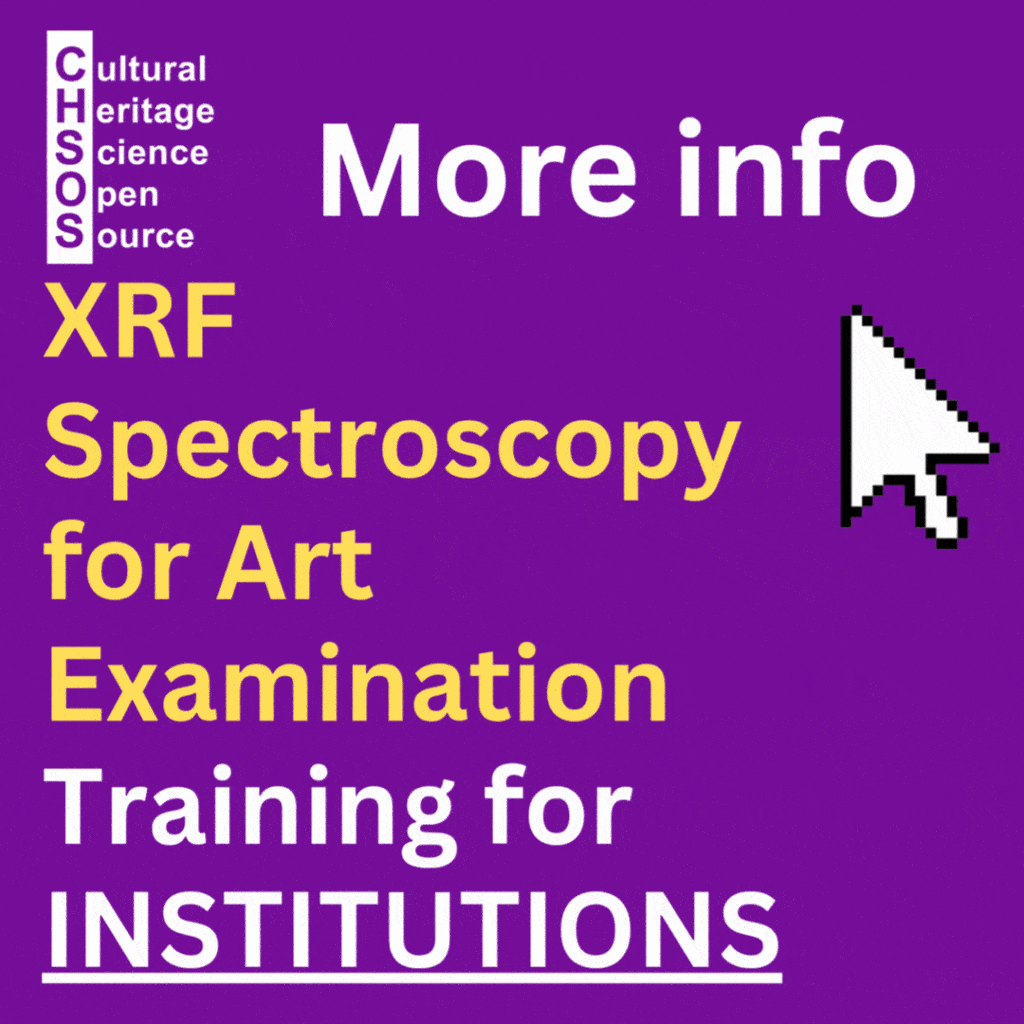
Lesson: XRF Spectroscopy
In this lesson, we will explore how to use X-ray fluorescence (XRF) spectroscopy to analyze and differentiate various formulations of iron gall inks. XRF spectroscopy is a non-destructive analytical technique that allows us to determine the elemental composition of materials, making it an ideal method for distinguishing between different types of iron gall inks based on their unique elemental signatures.
Objectives:
- Understand the principles of XRF spectroscopy and its relevance to ink analysis.
- Learn how to identify key elements present in iron gall inks, such as iron, copper, zinc, and manganese.
- Be able to differentiate between historical and modern iron gall inks using XRF spectral data.
- Gain insights into the variability of ink compositions based on their origin, preparation, and manufacturing processes.
Materials:
- XRF spectrometer
- Samples of historical and modern iron gall inks
- Parchment or paper manuscripts containing iron gall ink
Lesson Plan:
1. Introduction to XRF Spectroscopy:
- Briefly explain the basic principles of XRF spectroscopy: how X-rays interact with matter and produce characteristic fluorescence signals.
- Discuss why XRF is particularly suited for analyzing the inorganic components of inks, specifically iron gall inks.
2. Composition of Iron Gall Ink:
- Explain how certain elements, like iron, copper, zinc, and manganese, can be identified with XRF spectroscopy, while organic components (e.g., oak galls, gum arabic) are not detected.
- Highlight how the origin of iron sulfate (natural or synthetic) influences the ink’s elemental composition, such as the presence of impurities like copper and zinc in natural sources.
3. Analyzing Historical and Modern Iron Gall Inks:
- Case Study 1: Analysis of a 16th-century antiphonary parchment with iron gall ink.
- Present the XRF spectrum, emphasizing the presence of iron, copper, and zinc as key indicators of a naturally sourced iron sulfate.
- Case Study 2: Analysis of a 19th-century Ottoman prayer book.
- Show the XRF results, which reveal a pure iron signal, indicating the use of synthetically produced iron sulfate.
- Case Study 3: Testing contemporary iron gall inks.
- Compare the elemental composition with historical samples, noting the lower iron content and the presence of additives like bromine, which could come from modern pigment enhancements.












